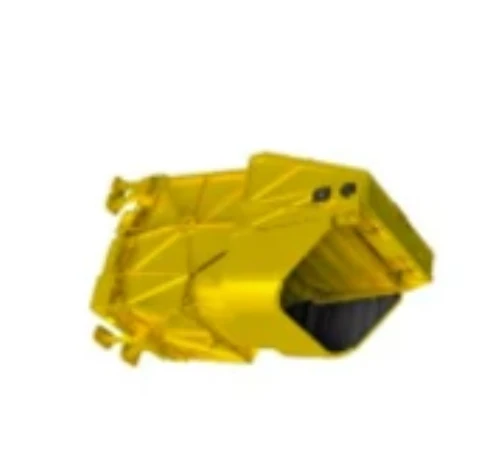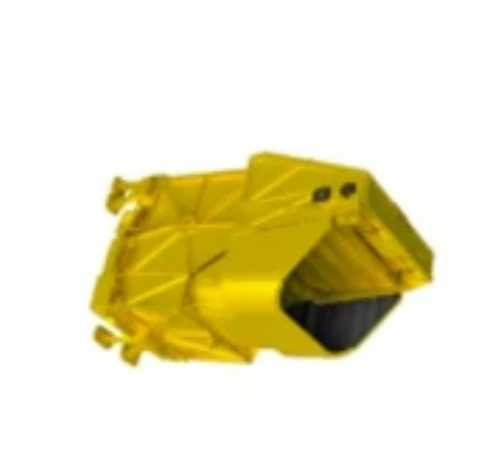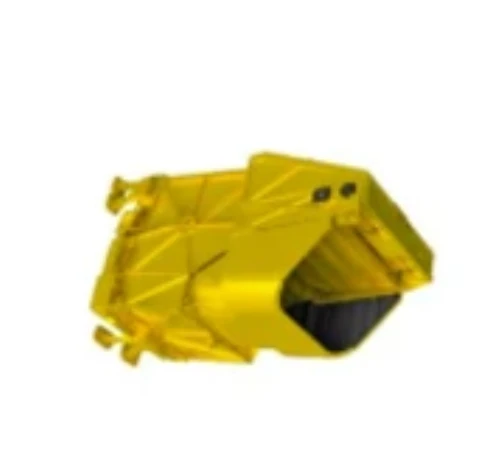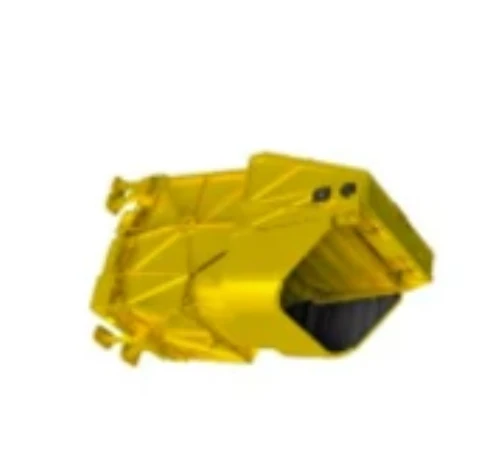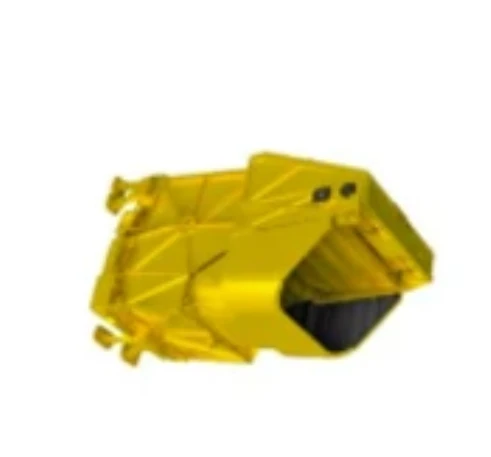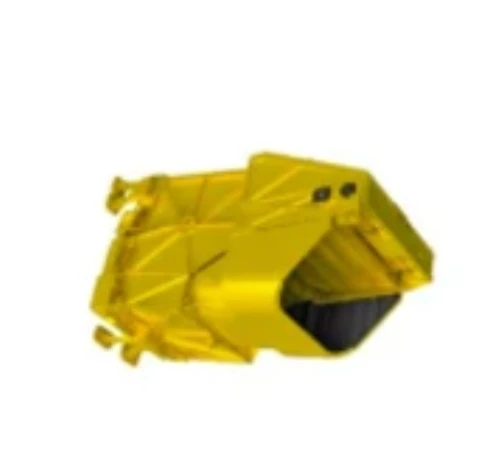
- Afrikaans
- Albanian
- Amharic
- Arabic
- Armenian
- Azerbaijani
- Basque
- Belarusian
- Bengali
- Bosnian
- Bulgarian
- Catalan
- Cebuano
- China
- Corsican
- Croatian
- Czech
- Danish
- Dutch
- English
- Esperanto
- Estonian
- Finnish
- French
- Frisian
- Galician
- Georgian
- German
- Greek
- Gujarati
- Haitian Creole
- hausa
- hawaiian
- Hebrew
- Hindi
- Miao
- Hungarian
- Icelandic
- igbo
- Indonesian
- irish
- Italian
- Japanese
- Javanese
- Kannada
- kazakh
- Khmer
- Rwandese
- Korean
- Kurdish
- Kyrgyz
- Lao
- Latin
- Latvian
- Lithuanian
- Luxembourgish
- Macedonian
- Malgashi
- Malay
- Malayalam
- Maltese
- Maori
- Marathi
- Mongolian
- Myanmar
- Nepali
- Norwegian
- Norwegian
- Occitan
- Pashto
- Persian
- Polish
- Portuguese
- Punjabi
- Romanian
- Russian
- Samoan
- Scottish Gaelic
- Serbian
- Sesotho
- Shona
- Sindhi
- Sinhala
- Slovak
- Slovenian
- Somali
- Spanish
- Sundanese
- Swahili
- Swedish
- Tagalog
- Tajik
- Tamil
- Tatar
- Telugu
- Thai
- Turkish
- Turkmen
- Ukrainian
- Urdu
- Uighur
- Uzbek
- Vietnamese
- Welsh
- Bantu
- Yiddish
- Yoruba
- Zulu
Multispectral Camera Technology Driving Precision and Innovation
The multispectral camera has become indispensable in fields where detailed spectral data is essential for analysis and decision-making. From monitoring crop health to detecting environmental changes, the capabilities of a multispectral imaging camera are vast and continuously expanding.
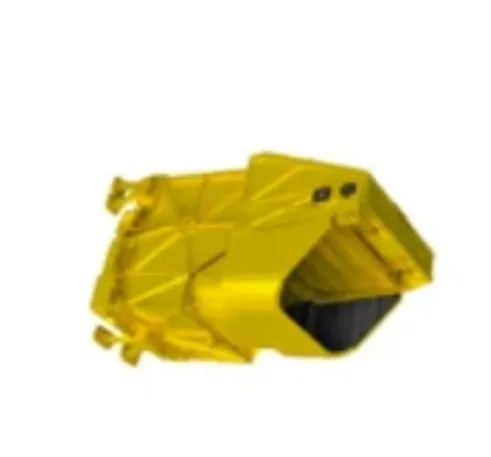
The Role of Multispectral Lenses in Image Accuracy
At the core of any multispectral camera system are the multispectral lenses, which determine the spectral bands that the camera can capture with precision. These lenses are engineered to filter specific wavelengths, allowing the camera to differentiate between subtle variations in materials and vegetation.
The use of high-quality multispectral lenses improves image clarity and spectral accuracy, enabling users to detect issues such as nutrient deficiencies in crops, water contamination, and material degradation before they become visible to the naked eye.
Benefits of Combining Infrared and Visible Spectrums
Advanced models like the multispectrum infrared combination camera provide a unique advantage by combining data from the visible and infrared spectrums. This integration allows for more comprehensive monitoring, as infrared imaging can reveal thermal properties and moisture content not apparent in visible light.
Applications benefiting from this technology include wildfire detection, precision agriculture, and infrastructure inspection. The dual-spectrum approach provides richer data sets, leading to better-informed decisions and more effective interventions.
Choosing Between Low Cost and High-End Multispectral Cameras
For organizations and researchers seeking budget-friendly options, the low cost multispectral camera offers essential multispectral imaging capabilities without compromising too much on quality. These cameras are well-suited for educational purposes, small-scale environmental monitoring, and pilot projects.
Conversely, more advanced multispectral cameras provide higher resolution, greater spectral range, and enhanced data processing features, suitable for professional research, large-scale agriculture, and industrial applications.
In conclusion, the advancements in multispectral cameras, from the design of multispectral lenses to the integration of multispectrum infrared combination cameras, are driving innovation across many sectors. Whether opting for a low cost multispectral camera or a high-end model, users gain access to powerful tools that enable detailed and actionable imaging.






